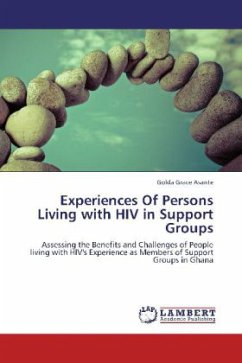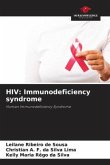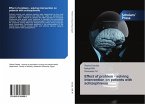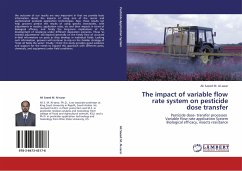Background: Human Immunodeficiency Virus (HIV) is a global epidemic with growing numbers of people on highly active anti-retroviral therapy (HAART) programmes. Effectiveness of treatment needs to be monitored to ensure the uncompromised well being of patients. This is currently done using both Viral Load (VL) and CD4 cell counts for HAART initiation and follow-up. Although VL is the best predictor of disease progression, it is often too expensive, for monitoring patients in resource-limited settings. There is thus a need for a cheaper, more accessible alternative to monitor long term patient response to therapy. Methods: This study evaluated the use of a recently described flow cytometric assay of CD38 expression (previously developed at the Johannesburg Flow Cytometry Reference Laboratory) in a cohort of HIV+ patients failing 1st line therapy, who were subsequently enrolled onto 2nd line HAART. CD38 and CD8 were piggy -backed onto the PLG/CD4 protocol and mean fluorescence intensity (MFI) of the CD8/38 expression was monitored longitudinally. Patterns of CD38 expression were compared to 1st line treatment observations to establish equivalence in the predictive power of CD38 exp








